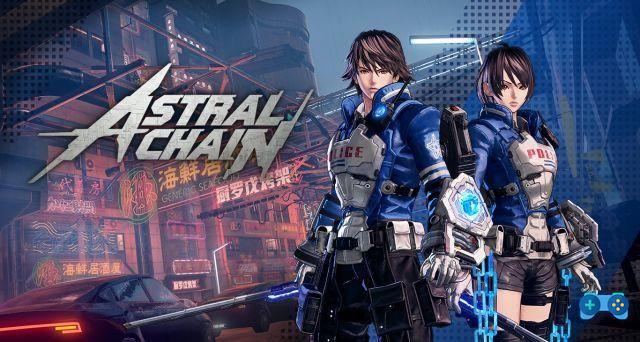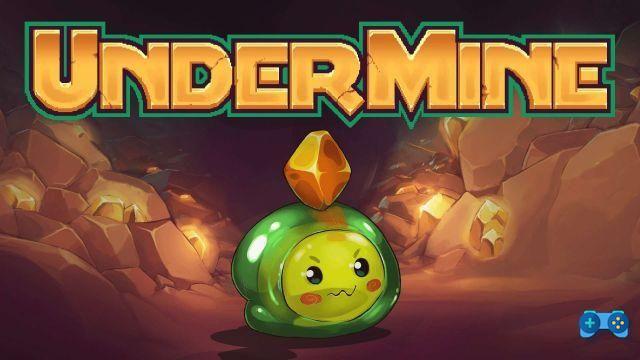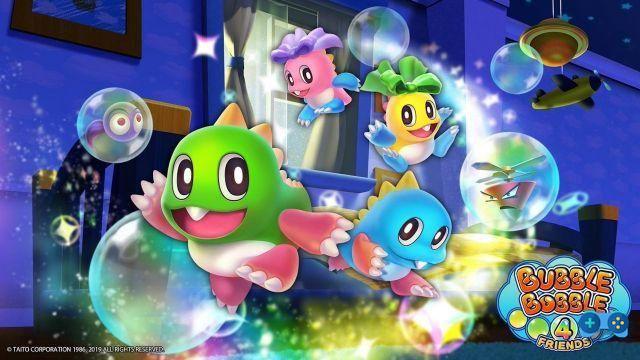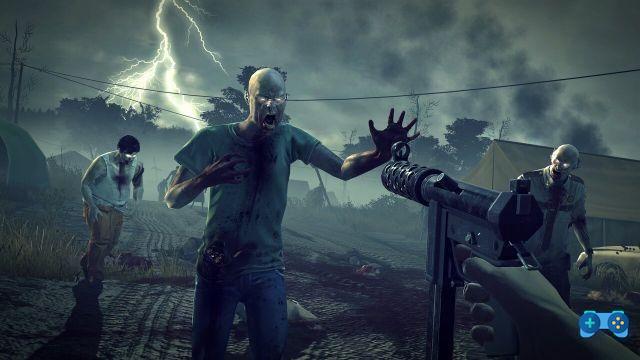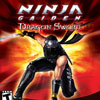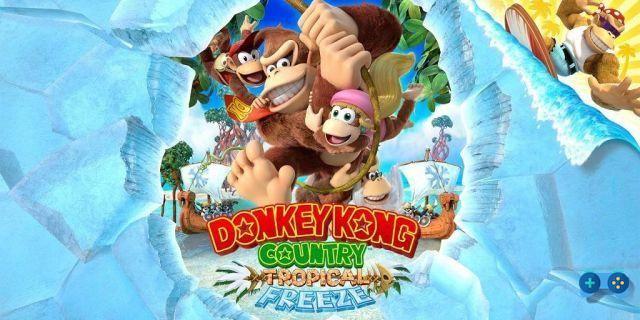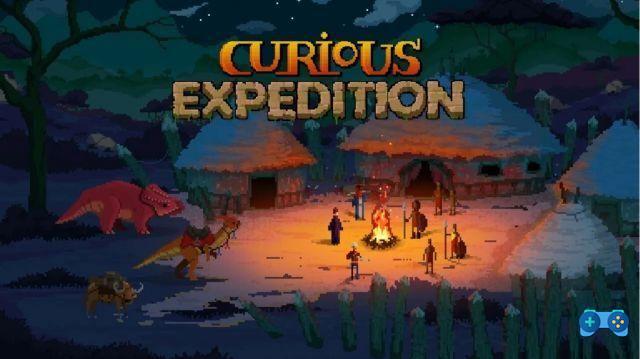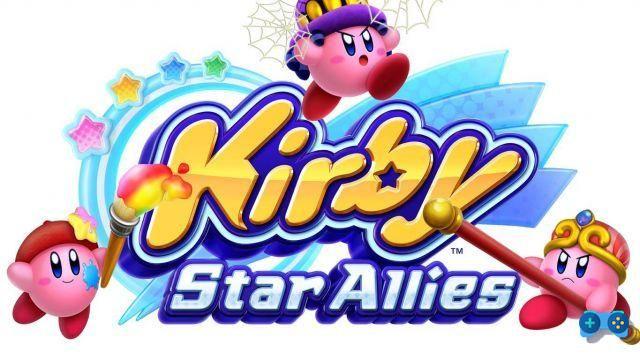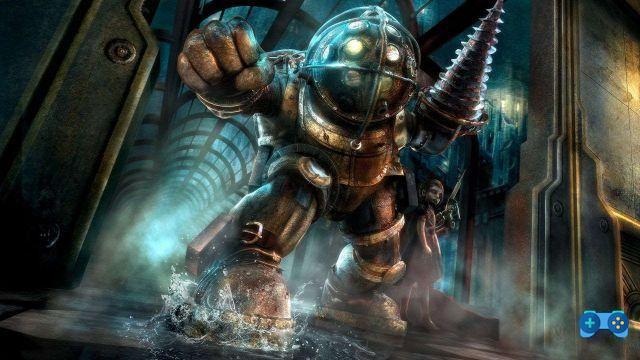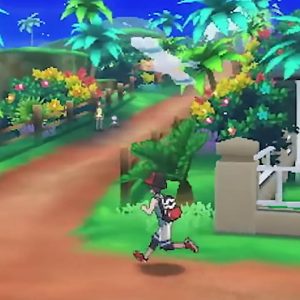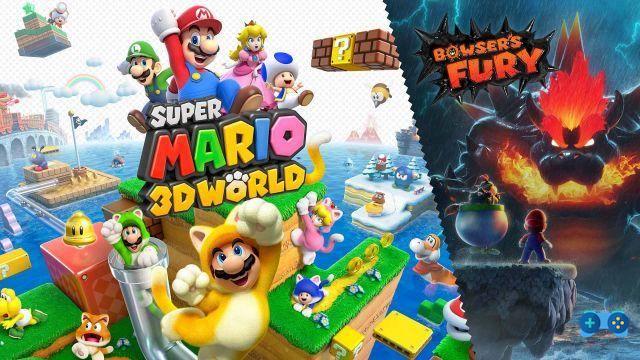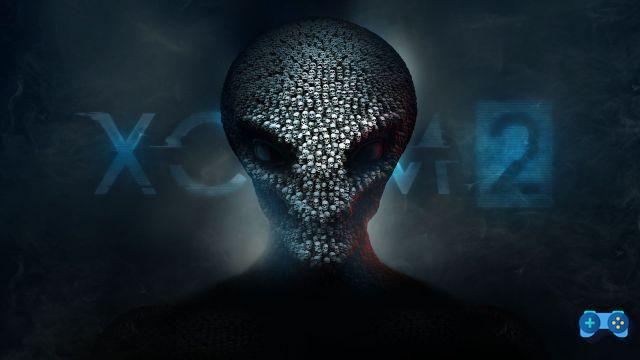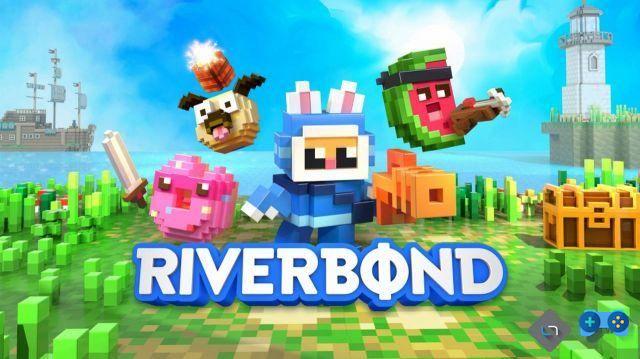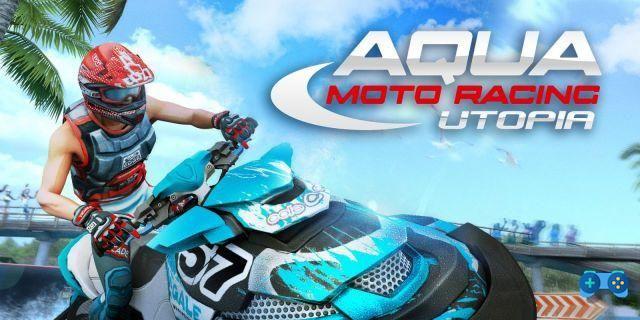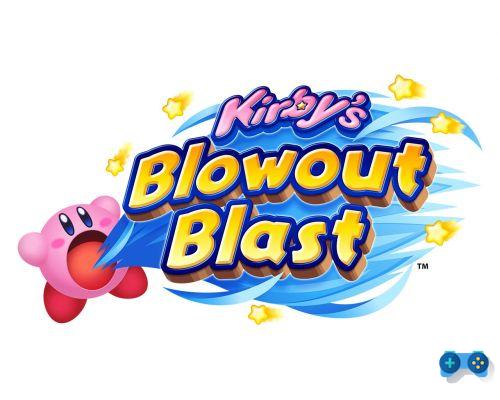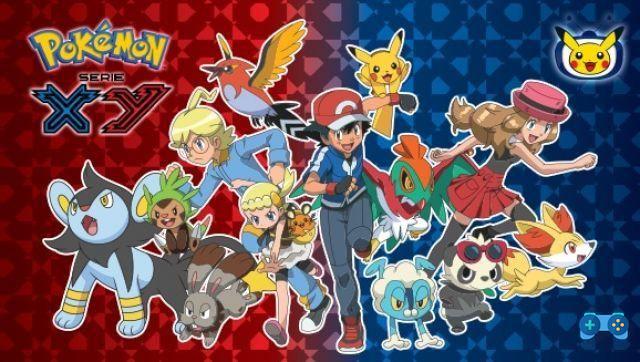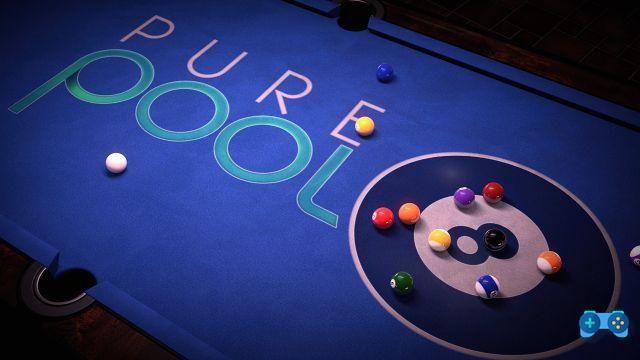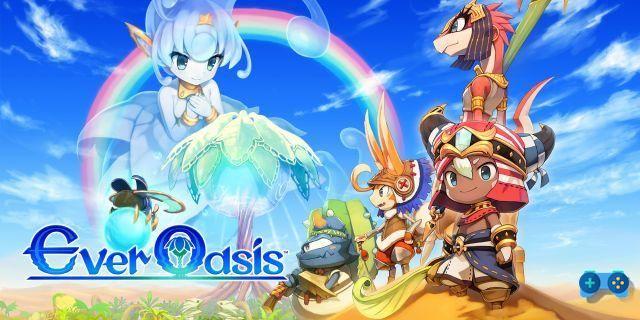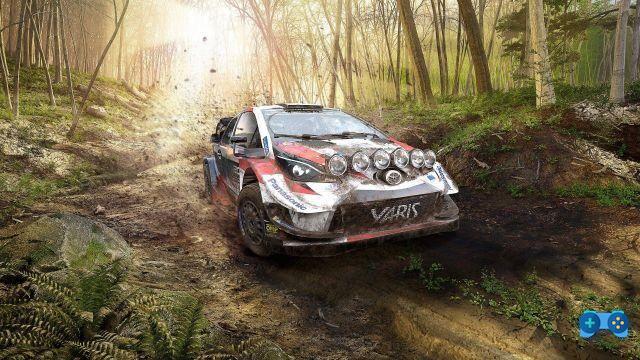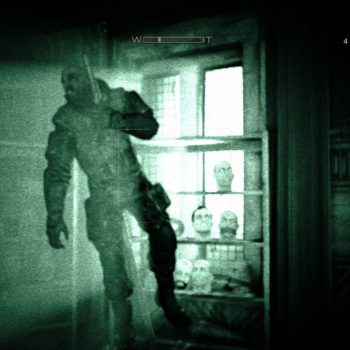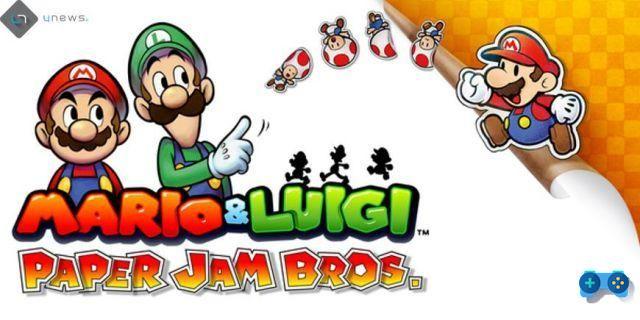Metroidvania 2D arrives on Nintendo Switch!
If the goal of Ska Studios was to create a Dark Souls in 2D, with Salt and Sanctuary, they succeeded. A side scrolling Action / RPG game that allows the player to create a hero (choosing class and some precise details), through which to face a path full of dangers, in a world full of darkness, overbearing enemies and in which to die is really easy.
During our Salt and Sanctuary rehearsal some typical Soulsian frustrations inevitably came to mind but unlike Dark Souls, the Seattle-based house game, it shines in a new light especially in regards to the balance and elegance of style that requires a certain mastery of the mechanics to survive and progress.
The princess from the nameless country
The story of Salt and Sanctuary does not develop in a conventional way. The player is hidden on a ship carrying a princess who must marry a king of an opposing country to strengthen a rather tense alliance between the two nations. When the ship is suddenly attacked by a horde of demons led by a Lovecraftian abomination, in the ensuing chaos and shipwreck, the protagonist awakens on the misty shores of an island. From this point on, there is no plot development in the traditional sense, as it is necessary to put the narrative together through descriptions of objects and enemies, place names and environmental details.
The nice thing about this particular plot choice is that it caters to two different audiences; to those who love to play games with a deep story and who delight in making theories and putting together the pieces of the puzzle by collecting the proverbial bread crumbs scattered carefully in the various game environments, and to those players who instead completely ignore the plot . Salt and Sanctuary is the typical game that favors player choice in almost everything it does - and that includes the storyline and everything that turns out to be related to it.
A dark and difficult world
The world of Salt and Sanctuary is animated by a distinctive hand-drawn style that turns out to be both brutal and clunky, recalling the developer's past work on more arcade beat-up-ups like Charlie Murder. The dominant tone is pitch black, but little things like the cartoon look of the characters' faces bring tiny elements of lightness to the fore. This strange contrast helps make the overall brutality a little more palpable than a traditional Soulslike. The gameplay is essentially similar to Dark Souls, except that it develops on a 2D level and with more attention to the platform component. The goal is simply to explore the twisted and dangerous game world in search of a dark target, collecting items and fighting in tight fights with no other element that can somehow give us a clue as to what to do next. Side scrolling battles require precision and skill, taking into account the length of the attack animations and keeping an eye on the enemy so that you can plan your parry or counterattack and trying not to be overwhelmed. It's a constant challenge, and the open, essentially level-free design makes it easy to run into an enemy potentially out of reach.
The general layout is reminiscent of a Metroidvania, but there is the absence of a real map that can be both good and bad for those players less inclined to explore naked and raw. Fortunately, this does not particularly affect the pace of the game, but forcing the player to be more cautious when the path taken seems to go outside the main one. It is quite compelling (and fun) to get lost and find yourself in unique places, but it will not be so when we are faced with an enemy that is difficult to defeat and we have not the slightest idea where to go next.
Almost everything we will do is governed by an indicator of self-reloading stamina, which is reduced when we perform certain actions such as hitting, rolling or jumping. Completely running out of stamina means being left completely at the mercy of potentially lethal enemies. This aspect is quite problematic since unlike the classic action game, even low-level enemies have the ability to send us to the creator. The enemies in Salt and Sanctuary hit hard and fast, and enjoy fighting in groups, which makes it even more difficult to manage that precious gauge of stamina in the excitement of combat.
If we fall into battle - and rest assured that it will happen very often - the character will drop all the precious "salt" in the place where he died. The salt in question is either absorbed by our killer or it will turn into another enemy patrolling the area. After our character regenerates in the last shrine, we will have a chance to go back to where we died and recover all that salt. If we were to die before we recover it - all enemies will regenerate and the salt we left behind will disappear forever, and with it many of our progress, as salt is the EXP used to level the character and his precious equipment. Does it remind you of anything?
It's a fun system that manages to strike an extremely important yet tense balance as our adventure progresses. Salt can only be stored when praying in a shrine, and since these safe areas are few and far between, it will become a real gamble to be able to reach one of the safe places without being dangerously attacked by enemies. Everything is based on our skills and the ability to use them to the fullest in every situation. Either way, it will never be easy, especially considering we could easily run into one of the game's many bosses instead of a safe haven.
Bosses will give us a hard time
Even if the confrontations with the enemies are challenging, the real “stars of the show” here are the numerous and hideous bosses scattered throughout the game world. Against the bosses everything we have learned and all accumulated skills will be tested. Many bosses have long health bars and with a handful of hard-to-avoid attacks they can quickly knock us out. Just when we are about to bring the fight home, here they may come up with a new attack that we have never seen before and poof, we will return to the sanctuary. These battles are frustrating, but there is never an imbalance that leads us to abandon the battle. The whole thing will be even more satisfying when the monster falls, leaving a huge amount of salt and usually granting access to a new portion of the map.
The development of Salt and Sanctuary is not linear, and apart from a couple of upgrades that give us access to new areas, we can go pretty much anywhere from the start. As mentioned above, the only difficulty is that we will probably encounter enemies beyond our reach but there is nothing in game design that can strictly limit us. Although there is a sense of bewilderment, the map is intelligently designed and will lead us back to the "right path" most of the time. Maybe we'll be able to defeat a boss and find an elevator that will take us back to the entrance to the lair we crossed ten minutes earlier, or we'll pull a lever that unlocks a door that grants us a quick shortcut between a sanctuary and a difficult section of a level away talking.
The main problem with this style of map design is that it doesn't work as well in 2D as it does in 3D. “Metroidvania” games are famous for having a simple and intuitive grid design that makes navigation a breeze, but this is completely lacking in Salt and Sanctuary. In reality, there is no map, leaving the navigation entirely in the player's memory. In a 3D setting, it is a little easier to orient yourself by taking a few landmarks but in the 2D setting, things get confused more easily since there is so much environmental information being transmitted in 2D. We found ourselves lost much more frequently in Salt and Sanctuary than we would have liked. In addition to that, too often it is difficult to analyze the amount of information overflowing with equipment, articles and statistics, both due to the lack of explanation and the smaller, darker text that appears a little too small on the Nintendo Switch screen.
Graphically it has its charm but ...
Salt and Sanctuary's graphics pick up more of something from Child of Light. The hand-drawn look has its charm, but the strong use of dark colors, alternating with a paler palette of colors makes the game environments too similar to each other, which, in addition to making it easier to get lost, leads to the an end to a feeling of repetition. One of the positives of this style is that the game performs well on Switch in both Dock and handheld mode, making the experience smooth and smooth.
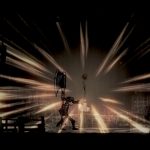
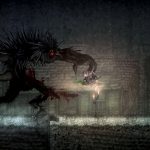
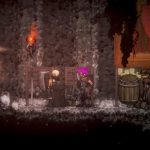
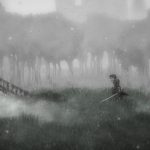
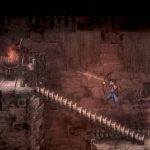
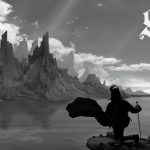
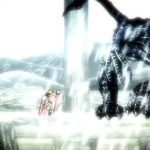
- - A stimulating and engaging Soulslike action
- - A 2D Dark Souls
- - Budget price
- - It can get frustrating
- - Lack of a real map
- - No explanation on what to do and where to go




